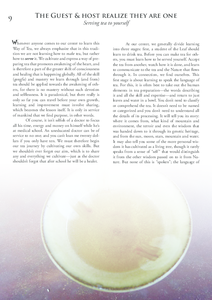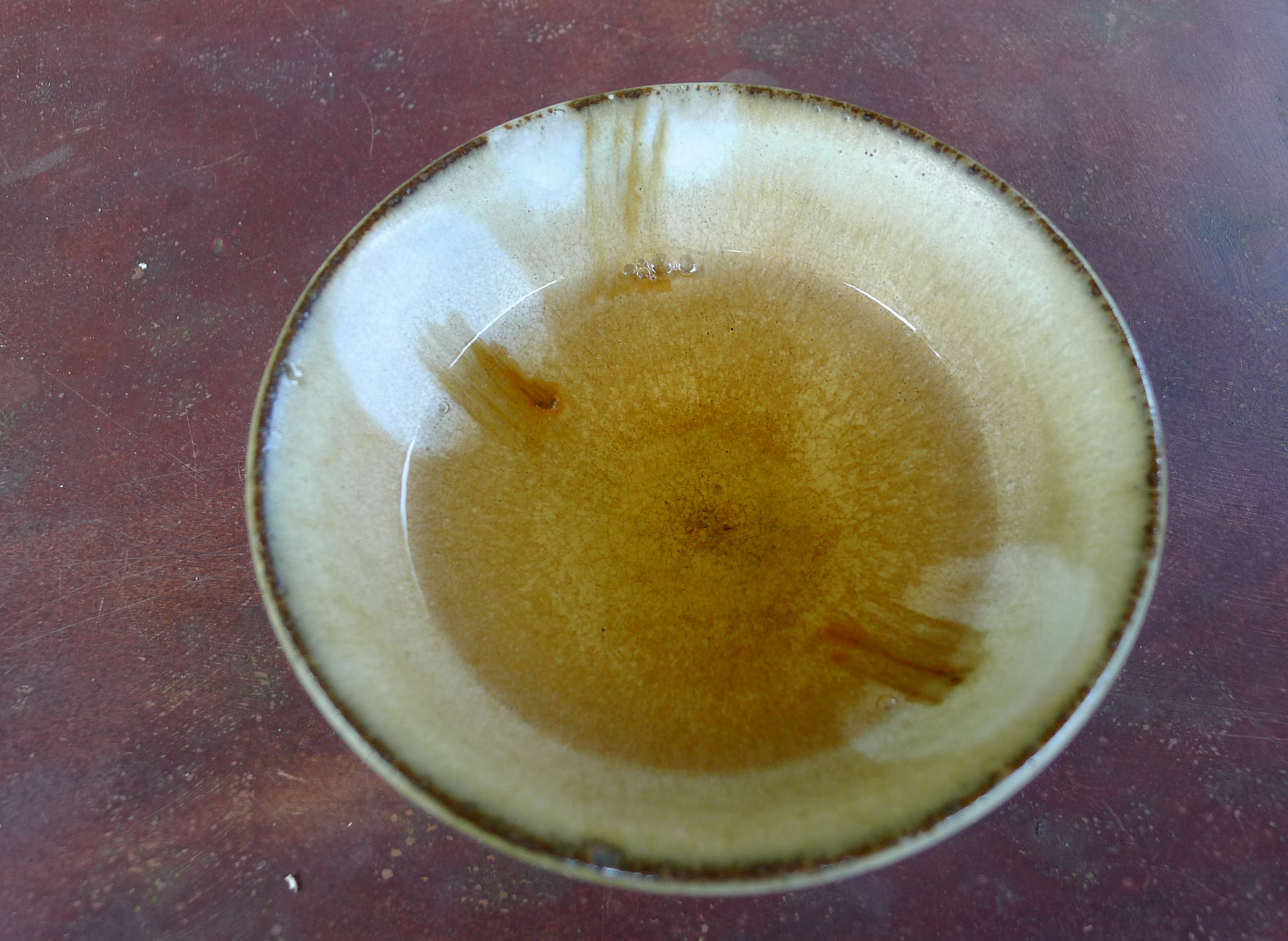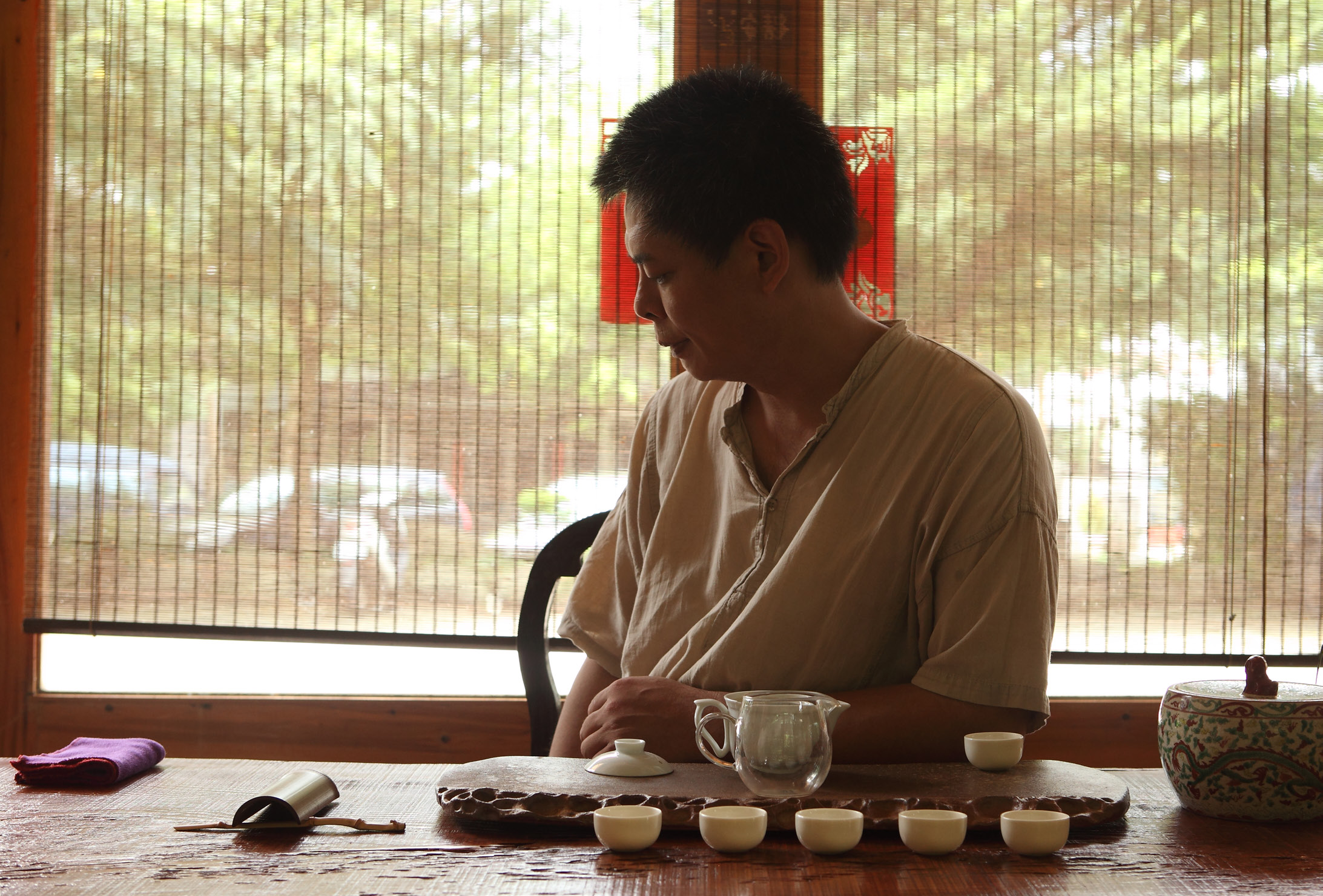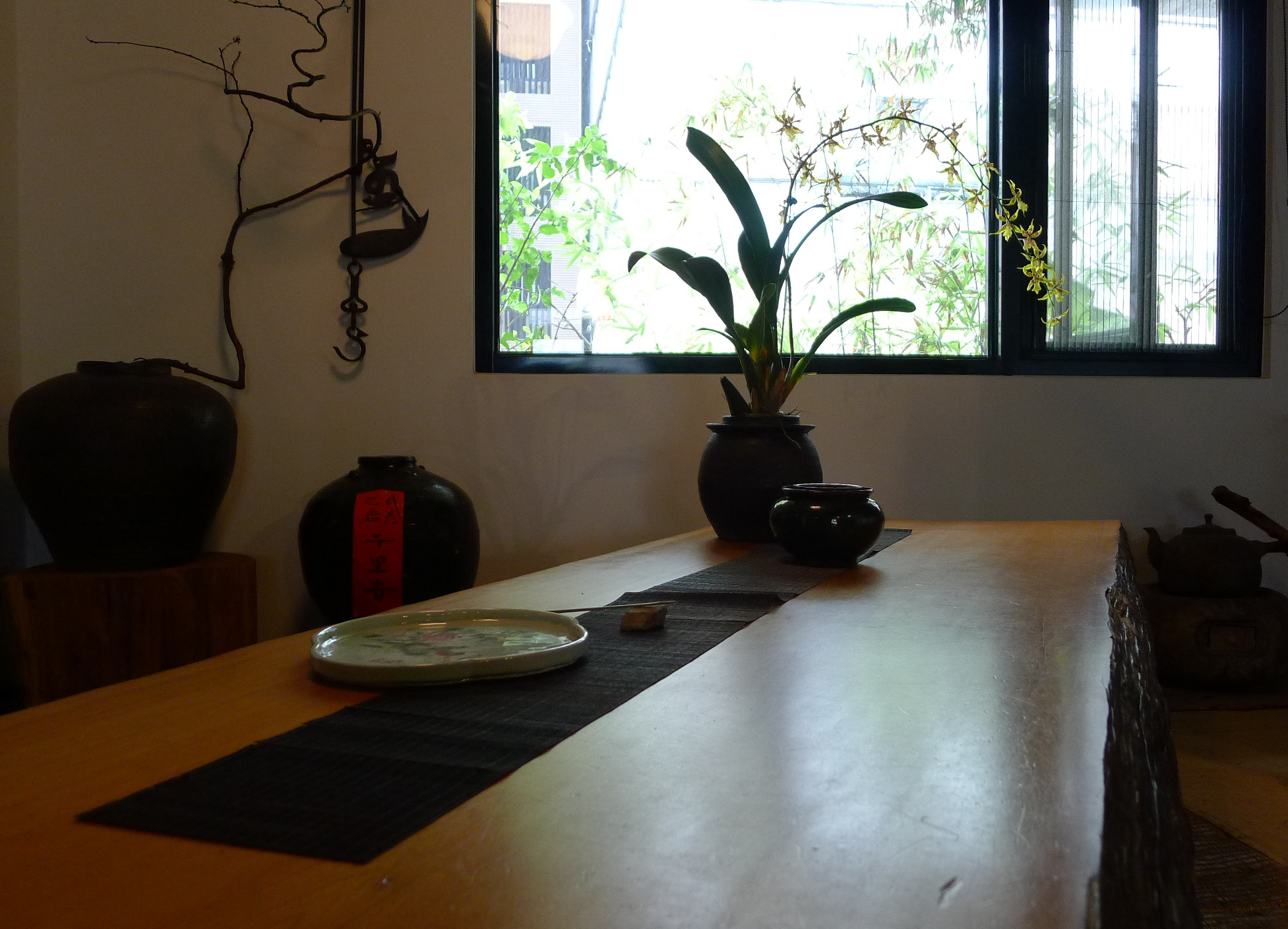
 |
|
Whenever anyone comes to our center to learn this Way of Tea, we always emphasize that in this tradition we are not learning how to make tea, but rather how to serve it. We cultivate and express a way of preparing tea that promotes awakening of the heart, and is therefore a part of the greater shift of consciousness and healing that is happening globally. All of the skill (gongfu) and mastery we learn through (and from) tea should be applied towards the awakening of others, for there is no mastery without such devotion and selflessness. It is paradoxical, but there really is only so far you can travel before your own growth, learning and improvement must involve sharing, which becomes the lesson itself. It is only in service of mankind that we find purpose, in other words.
Of course, it isn't selfish of a doctor to focus all his time, energy and money on himself while he's at medical school. An uneducated doctor can be of service to no one; and you can't loan me twenty dollars if you only have ten. We must therefore begin our tea journey by cultivating our own skills. But we shouldn't ever forget our aim, which is to share any and everything we cultivate - just as the doctor shouldn't forget that after school he will be a healer.

At our center, we generally divide learning into three stages: first, a student of the Leaf should learn to drink tea. Before you can make tea for others, you must learn how to be served yourself. Accept the tea from another, watch how it is done, and learn to communicate to the tea and the Nature that flows through it. In connection, we find ourselves. This first stage is about learning to speak the language of tea. For this, it is often best to take out the human elements in tea preparation - the words describing it and all the skill and expertise - and return to just leaves and water in a bowl. You don't need to classify or comprehend the tea. It doesn't need to be named or categorized and you don't need to understand all the details of its processing. It will tell you its story: where it comes from, what kind of mountain and environment, the terroir and even the wisdom that was handed down to it through its genetic heritage, and from the sun, moon, stars, mountain and water. It may also tell you some of the more personal wisdom it has cultivated as a living tree, though it rarely speaks from a sense of "self " that would distinguish it from the other wisdom passed on to it from Nature. But none of this is "spoken"; the language of tea is one of sensation and impression. The connection must be deeper. And having lost much of our connection to Nature, in these mind-made cities, we must relearn how to communicate with it.
The second stage of learning at our school involves a lot of participation in the brewing process. There are lifetimes worth of skills to be learned: how to gather water, which is best for tea, how to lay and maintain the coals, how to boil the water, which pot to use and how, etc. All of these skills should become second nature to you, if you are to master this Way of Tea. It is important that you develop a great acumen with the way the tea is prepared, as well as allowing the teaware to be an extension of yourself. It is only when tea preparation is truly a part of who you are, that you will be able to focus completely on serving your guests (even if that guest is you). Otherwise, you will be too focused on spoiling the tea and handling the teaware properly to pay much attention to your guests. When the skill (gongfu) of tea preparation has become an unconscious flow, it then comes out of your own spontaneous nature and is free to align itself with the Dao of the moment, and you can focus your energy on other things, for the most part.

The final stage of development in this tradition is to study the shamanism of tea, which means a focus on the underlying energy work. Tea and water are both some of the most sensitive media in the world for energy work. Water takes the shape of anything you put it in, and as we discussed in our Five Element series a few issues ago, it is incredibly malleable on the energetic level, and very pronouncedly influenced by the energy of its environment. Similarly, tea is a very sensitive and energetically supple plant. The Qi of tea will be greatly affected by the energy of the place it is stored in, as we have realized through countless experiments. Even physically, tea shouldn't be stored in the kitchen, for example, because it absorbs the odors of whatever is around it. Tea and water together respond to the brewer, and can be coaxed into various energy frequencies, which will then influence the drinkers. And this is why we say that the brewer (host) is completely responsible for the energy of the tea space. We can communicate much of where we are in this moment through tea, and in a way that is more intimate than words could ever be. And that is why masters have so often used tea to communicate a nonverbal wisdom of Zen and Dao, deeper and more lasting than words.

The two main aims of sharing what we cultivate through tea are first to promote a turning inward for our guests - to introduce them to themselves, andlies therein. There is 11 the connection to Nature thatsuch an experience, as great and profound healing in so many of you already know. We utilize tea to return into our bodies and then souls, and as the Sage said, "the Dao is a returning." In this way, tea is a powerful spiritual aid for those we meet in the tea space. We, as hosts, facilitate growth in our guests, allowing them the solace from the world that they so desperately need. We instill quiet and presence in the tea, so that they turn inwards and meet the tea in their own bodies. This is tea as meditation.
The second aim of expressing this tea is to find a meeting of our true selves in the tea space. This is how guest and host find that they are one. When we rest inwards and meet the tea together, we find that it is so much easier to let go of our ego masks: our social statuses, sex, race, etc. and just be in our true selves. We start to communicate as spirits, rather than egos or bodies. In this tradition, we call this energy "calm joy." Sometimes it takes the form of a casual conversation about spiritual matters. "Drink tea and discuss the Dao" is a Chinese saying that is older than the word 'tea'. And just about every spiritual conversation that has ever happened in Asia these many eons has happened over tea.

In all the different forms of Cha Dao, from China to Japan and Korea there has always been an emphasis on creating a space in which guests and hosts can find one another and rest in their true nature - the space deep down in us all where we find that the tea, each other and Nature are one. And as we are finding in this global hut, it isn't always necessary for us to be sharing the tea in the same time and space for such a magical connection to occur. The world is, after all, round.
In creating and facilitating such civilized peace, our roles of guest and host evaporate and we can smile and rest in our mutual connections. In cultivating such spaces, we also grow ourselves spiritually. And more importantly we make lasting connections that are deeper and beyond the egoic relationships we usually foster. When we serve our guests completely, in the spirit of their higher good, we find our own higher self growing as well - for it is consciousness itself which is evolving through us all...
